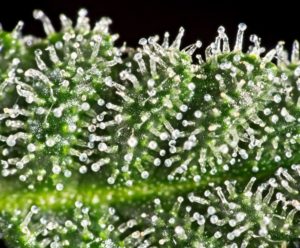 If you have an interest in cannabis plants, you will probably have heard of trichomes. Those who buy cannabis buds regularly or grow their own realize that these are very important parts of the plant.
If you have an interest in cannabis plants, you will probably have heard of trichomes. Those who buy cannabis buds regularly or grow their own realize that these are very important parts of the plant.
Take a closer look at any flowering plant and you’ll see thousands of tiny crystalized dots covering the buds and the leaves (they often have stickiness and a pungent aroma).
These are the trichomes and they’re pretty interesting. The great news is that our understanding of trichomes has grown in recent years, as any expert cannabis seed grower will be able to tell you. If you’re new to growing your own plants, this quick guide should give you the facts you need to harvest a good crop.
What Are Trichomes?
 Trichomes are found in all plants. They’re very small appendages that form in flowers and on leaves. The name trichome comes from Greek which translates into “fine hairs” and that’s a pretty apt description of what they look like.
Trichomes are found in all plants. They’re very small appendages that form in flowers and on leaves. The name trichome comes from Greek which translates into “fine hairs” and that’s a pretty apt description of what they look like.
If you have a microscope and can get to look at these features a little closer, however, you’ll see they have a distinctly mushroom shape with a slightly bulbous tip. Each tiny trichome on a cannabis plant, however, is a manufacturing powerhouse, producing a whole range of different cannabinoids, terpenes, and flavonoids.
If you ever wondered what contributed most to the potency of your cannabis plant, look no further than the not-so-humble trichome. That’s why novice growers are always advised to take special care not to disturb the trichomes too much when they are harvesting.
What is the Purpose of Trichomes?
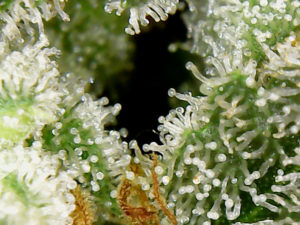 It depends on the plant. If you have a Venus flytrap in your home, you won’t be surprised to learn that the trichomes here are used to attract prey. Flowers and trichomes are also used to attract insects so that pollination can occur. When you walk into a room where there are cannabis plants growing, you will usually smell a distinctive aroma.
It depends on the plant. If you have a Venus flytrap in your home, you won’t be surprised to learn that the trichomes here are used to attract prey. Flowers and trichomes are also used to attract insects so that pollination can occur. When you walk into a room where there are cannabis plants growing, you will usually smell a distinctive aroma.
This is in large produced by the trichomes which are also quite sticky in nature. When it comes to the cannabis plant, trichomes are a little more complicated. They are a defense mechanism. In the wild, cannabis can be attacked by a wide range of insects and the trichomes work to keep the harmful ones away.
They protect the plant from environmental threats such as UV rays as well as problems such as mildew, dampness, frost, and mold. Trichomes have a bitter taste which also makes them unpalatable for many animals. This is all well and good but you’re probably more interested in the cannabis part of trichome development.
This happens as soon as the plants start to flower and is truly a miracle of biology. Without it, you wouldn’t have Tetrahydrocannabinol (THC), Cannabidiol (CBD), flavonoids, and terpenes in such abundance.
Trichome Types Found Within Cannabis
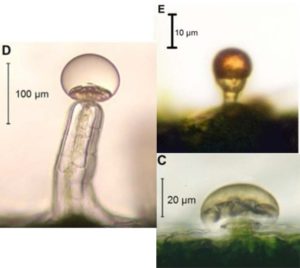 As with anything to do with plants, there are a variety of different trichomes that all have different functions. When it comes to cannabis, however, there are three that seem to be more important and more prevalent. These are:
As with anything to do with plants, there are a variety of different trichomes that all have different functions. When it comes to cannabis, however, there are three that seem to be more important and more prevalent. These are:
- Capitate-Stalked Trichomes: These are the largest you’ll find on the plant and the ones that you are normally able to see without a microscope. They have a fairly large bulbous head that is full of cannabis goodness.
- Capitate-Sessile Trichomes: These are smaller and produce cannabinoids but not in the same quantity. Think of them as the second-string team, quite good but not likely to win the championship or give you a great high.
- Bulbous Trichomes: These are pretty small, less than a few microns across, and have little value because many are composed of just a few cells. They do produce cannabinoids but far, far less than the other two types.
As you might expect, the bigger the trichome, the more oil, and cannabis resin you are going to get out of your plant. Squeeze these gently between your fingers and you will quickly feel that oily consistency and smell that pungent aroma.
How Cannabis Plant Trichomes Develop
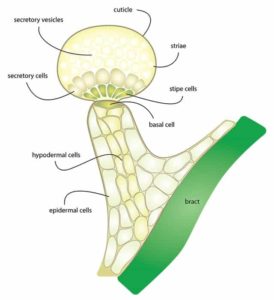 When your cannabis plant reaches the flowering stage, the trichomes will start to appear and burst into life. They form in many places where the plant is above ground, including the flowers and leaves, and when in abundance, they look like tiny crystals.
When your cannabis plant reaches the flowering stage, the trichomes will start to appear and burst into life. They form in many places where the plant is above ground, including the flowers and leaves, and when in abundance, they look like tiny crystals.
Changes start to happen inside the bulbous head of the trichomes while the beginnings of what we recognize as cannabis metabolize. Obviously, if you are trying to grow cannabis, you may think encouraging as many trichomes as possible is going to be important. Partly, trichome concentration is determined by genetics.
Different plants have different concentrations. But another factor is also what happens in the environment – the amount of light, the weather conditions (if growing outside) and the nutrition are all going to have an effect. It’s time to issue one word of warning here: High concentrations of trichomes don’t always translate to more cannabinoids.
It’s worth finding out more about the strain you are trying to grow and ways to maximize yield. There’s a happy medium with most cannabis seed strains that you need to find to get a good crop you can then dry and cure. Focusing on things like the quality of light can have an effect on cannabinoid production. It’s largely accepted if you can provide a wider spectrum of light you should encourage more “potent” trichomes.
How to Get More Trichomes
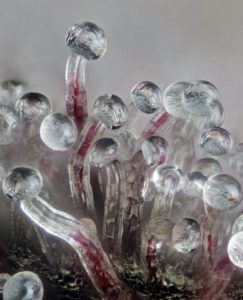 Most cannabis growing experts will tell you there is an optimum point when you need to harvest your crop. That’s when the trichomes are the most abundant at least in terms of cannabis content. Potency will grow once flowering starts but will begin to degrade at a certain point.
Most cannabis growing experts will tell you there is an optimum point when you need to harvest your crop. That’s when the trichomes are the most abundant at least in terms of cannabis content. Potency will grow once flowering starts but will begin to degrade at a certain point.
A clear indication that you are reaching the maximum yield and should harvest, is when the trichomes start to change color and begin to become translucent, milky, and then amber in color. Much beyond this stage and you’ll begin to lose cannabis power. Another thing that cannabis growers need to understand is that trichomes are really, really fragile.
Even when they are growing on the plant, you need to be careful how you handle them, especially if your crop requires training or control in some way. Things that can affect the trichomes and their cannabinoid content include agitation and touching, the temperature, the amount of light, and even the level of oxygen in your growing area.
Don’t forget that time is also a factor. Don’t leave your harvest too long. Here are our top suggestions for maintaining your cannabis plant and getting the most from your harvest:
- Greatly reduce the amount you touch or have contact with the plant – in other words, unless training is required, let it grow and don’t disturb it. Follow this simple rule: When in doubt, leave alone.
- The moment that you will have a lot of contact with your cannabis plant is at harvest time. It can be tempting to wade in and cut away enthusiastically, especially if this is your first crop. Our advice is to do this slowly and gently, paying special attention to not disturbing the trichomes.
- Another factor that you’ll need to take into account is the drying and curing process. Some experienced growers use this moment to extract valuable cannabinoids, terpenes, and flavonoids to protect them. That can include processes such as dry sifting as well as making concentrates.
- A lot will depend on the kit and room you have. If you prefer traditional buds, don’t worry. If you are handling everything gently you may lose some trichomes but you’ll still end up with a great cured product at the end.
- If you want to get involved in preserving trichomes as much as possible, it’s worth sitting down with a professional cannabis grower and picking their brains. The experience will obviously improve your growing technique, however, and that should be enough to produce a great crop, even from just one cannabis plant.
- For those who are just starting to grow their own seeds, it’s worth learning as much as you can about trichomes. There’s a lot of information online and the more you understand the better you’ll be at cultivating and harvesting your crop.
Trichomes are one of nature’s more amazing creations. They not only deliver pungent aromas and fight off insects but also provide a powerful punch of Cannabidiol (CBD) or Tetrahydrocannabinol (THC), terpenes, and flavonoids. All that while only being about the size of a pinhead.
Latest Cannabis Trichome Research
Packed with cannabinoid-rich resin, these tiny, hair-like structures are where the magic happens, although the truth is that we still have a lot to learn about their function and morphology. The fact that trichomes are the source of a cannabis plant’s cannabinoids, terpenes, and flavonoids is not new knowledge, although it wasn’t until 2019 that scientists finally managed to track the life cycle of these miniature structures.
The study, which appeared in The Plant Journal, provided a detailed description of the three (3) different types of trichomes, known as bulbous, capitate sessile and capitate stalked trichomes. Of these, capitate stalked trichomes are the largest, and therefore contain the most resin.
Via a series of stunning photographs, the study authors revealed that most of the capitate sessile trichomes on a cannabis plant actually develop into the larger capitate stalked variety during flowering. As a result, the proportion of stalked trichomes increases from 30 percent to 80 or 90 percent when a plant reaches maturity, allowing for a massive rise in cannabinoid synthesis.
The researchers also discovered that capitate sessile trichomes always contain exactly eight cells in their secretory disc, while capitate stalked trichomes can contain twice this number. Since it is these cells that release cannabinoids, terpenes, and other useful compounds, it’s pretty clear to see why an increase in stalked trichomes is desirable.
Perhaps even more intriguingly, results also indicated that the trichomes that coat cannabis leaves have the same cannabinoid profile as those on the buds, yet tend to have a slightly different terpene profile. This suggests that leaf trichomes are just as potent as bud trichomes, but may have a different taste. Exactly why this is the case remains unexplained.
In a press release, study author Sam Livingstone revealed yet another trichomes mystery, explaining that “trichomes store the metabolites in their cell walls… And what’s really astounding is that such high levels of the product should be toxic to the cells, so we want to understand how they manage this.”
Why Do Cannabis Plants Have Trichomes?
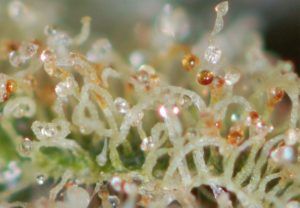 Many plants have trichomes, although their function differs greatly from species to species. Some carnivorous plants, for example, are coated in sticky trichomes that help to catch insects. The primary role of cannabis trichomes, however, is protection.
Many plants have trichomes, although their function differs greatly from species to species. Some carnivorous plants, for example, are coated in sticky trichomes that help to catch insects. The primary role of cannabis trichomes, however, is protection.
The cannabinoids, terpenes, and flavonoids within these trichomes repel certain insects and other creatures that would otherwise munch their way through a plant’s leaves, while also attracting larger bugs that prey on these pests. It’s also thought that cannabinoids act as a kind of sunblock, protecting plants from harmful ultraviolet radiation.
As previously mentioned, the proportion of larger, capitate-stalked trichomes increases sharply during flowering. Prior to this, plants are mostly covered in tiny bulbous trichomes, which are essentially just blobs made up of a handful of cells, and capitate sessile trichomes, which look like tiny hairs. Both of these are too small to see with the naked eye.
Capitate-stalked trichomes consist of a stalk with a round head on top, and it is in this bulb that the resin is stored. These trichomes are just about visible to the naked eye, especially when they totally cover the surface of a plant – although they are best observed through a magnifying glass or a microscope.
How To Use Trichomes
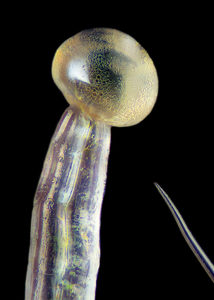 Once your plants have matured, they should be coated in thousands upon thousands of capitate-stalked trichomes, giving them a silvery sheen. If you’re planning on smoking your bud then you’ll need to handle them with extreme care during harvesting, as trichomes are easily damaged and readily fall off the plant to which they are attached.
Once your plants have matured, they should be coated in thousands upon thousands of capitate-stalked trichomes, giving them a silvery sheen. If you’re planning on smoking your bud then you’ll need to handle them with extreme care during harvesting, as trichomes are easily damaged and readily fall off the plant to which they are attached.
They also degrade when exposed to heat, light, or air, which is why it’s really important to dry and cure your cannabis properly. Doing so will massively increase its shelf life and ensure that the trichomes – and their precious contents – remain in good condition.
Alternatively, many growers choose to remove the trichomes in order to produce concentrates and extracts like hash, wax, cannabis oils, or shatter. You’ll notice that these all sound like completely different products, although the truth is that they are all different forms of resin, which are essentially just trichomes that have been mushed together.
The means by which trichomes are extracted and fused tends to determine the nature of the concentrate that is produced. Manually sifting the dried trichomes, for instance, will leave you with a glittering pile of kief which can be sprinkled into joints or added to cannabutter when making edibles.
Kief can also be pressed to form hash, while hash oils are produced using hydrocarbon-based solvents like butane or propane in order to perform an extraction. Among the many benefits of cannabis concentrates is that they don’t degrade, and can therefore be stored indefinitely.
How To Read Your Trichomes
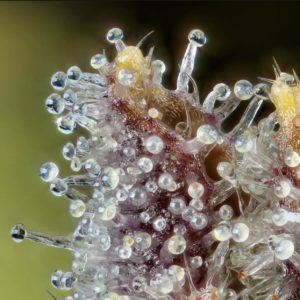 On top of everything else, trichomes also act as signposts that tell you exactly when your plants are ready to be harvested. They do this by changing color, although you’ll need to look very closely in order to read them correctly.
On top of everything else, trichomes also act as signposts that tell you exactly when your plants are ready to be harvested. They do this by changing color, although you’ll need to look very closely in order to read them correctly.
For this reason, many growers observe their trichomes using a type of magnifying glass called a jeweler’s loupe, as this allows for a more accurate observation than the naked eye.
As the cannabinoid concentration increases, terpenes turn from clear to cloudy, thereby indicating that a plant is ready to be harvested. If you wait a little longer, however, Tetrahydrocannabinol (THC) inside the terpenes will begin to be converted into Cannabinol (CBN), causing them to turn amber.
Since CBN is associated with a strong couch-lock effect, many growers wait until about a quarter to a third of their trichomes has turned amber before harvesting. This ensures that their bud contains a decent mix of THC and CBN, providing a more rounded high with stronger body effects.
Boosting Trichome Numbers
The number of trichomes that cover a plant’s green surfaces will largely be determined by genetics, although environmental factors can also play a role.
Since cannabis has evolved to develop trichomes as a form of protection from the sun’s rays, using a light source that contains the full-color spectrum is likely to result in a greater abundance of trichomes.
Modern Light-Emitting Diode (LED) arrays are therefore favored by many growers, as these emit a more complete range of wavelengths than High-Pressure Sodium (HPS) lights.
It’s worth noting, however, that more trichomes won’t always increase the strength of your cannabis, and that many interlocking factors work together to determine a plant’s total cannabinoid yield.
Let us know what you think.



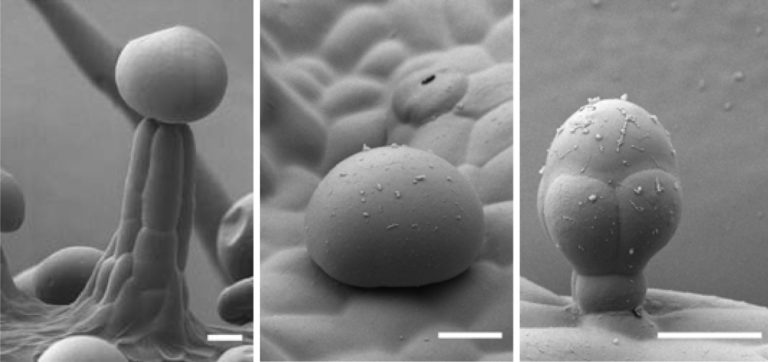
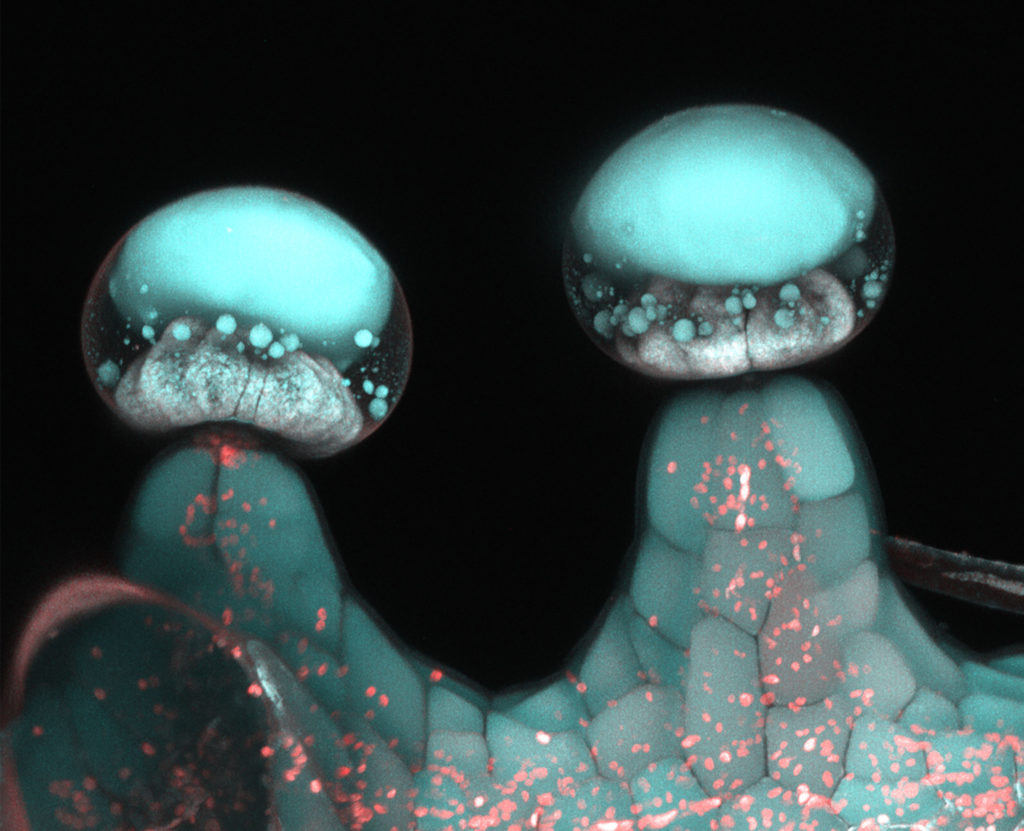


Responses